Organizing
A mess is really just items in transit.
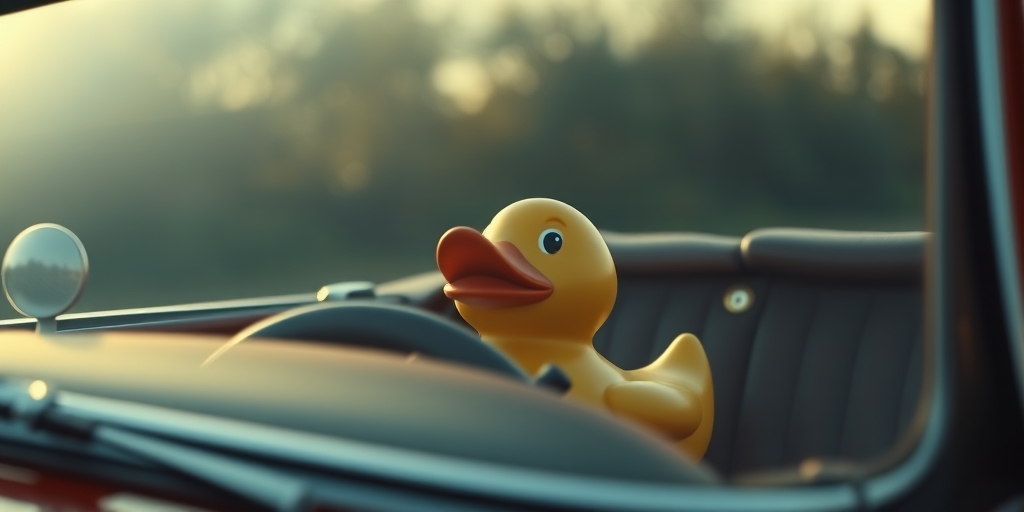
- Organizing a room makes it messier at first because more items are going into transit.
Every item has a home.
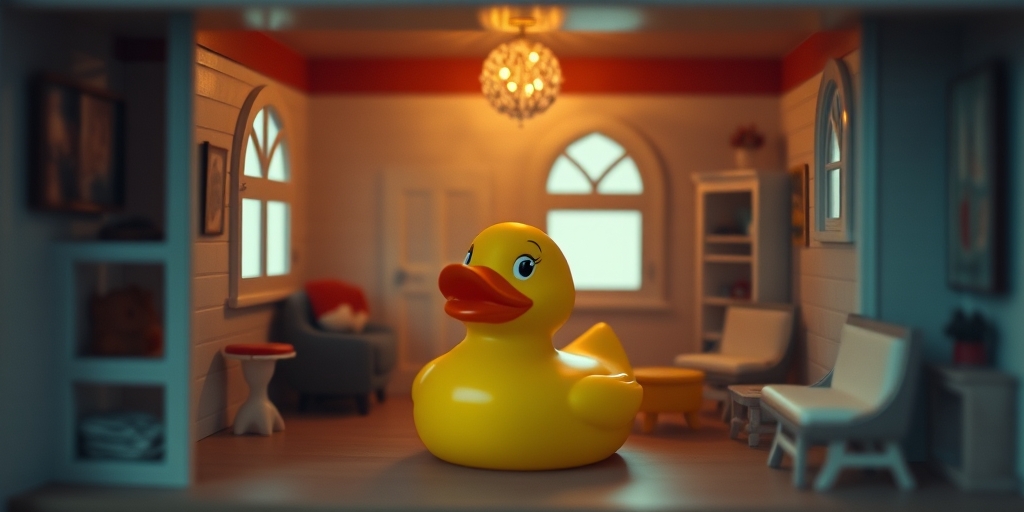
- Things can move closer to home without going all the way there.
- It’s comfortable enough for the item to be in the home’s vicinity.
- An item’s home tends to be where it wants to be, and it’s often best not to fight that.
- If you lose an item, the first place you look is a good sign of where that item’s home should be.
Items take the bus to get home
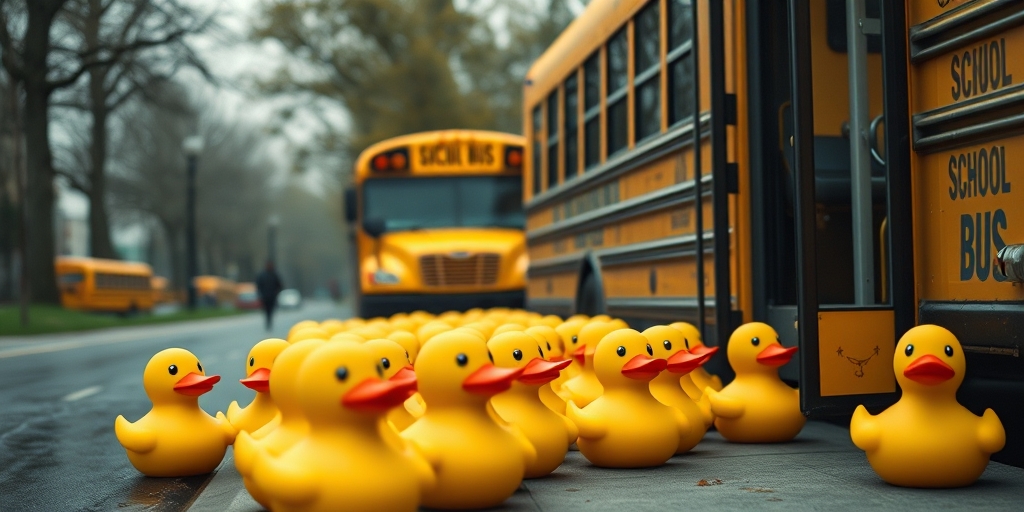
- The “bus” is a box that makes stops where items get off.
- There can be many circulating busses.
- It often makes sense to have an “express bus” which is designated for a distant place with few stops.
- An item that’s not on a bus is a “pedestrian” and it has to walk all the way home. Every item needs a “hand holder” to get home. Hence, very few of them can walk at once, since the hand holder only has two hands. When there are too many pedestrians, traffic comes to a complete halt, and the room stays disorganized.
- An item’s home is very often a container or box with a label on it.
Some items are light enough to go on a “flight.”
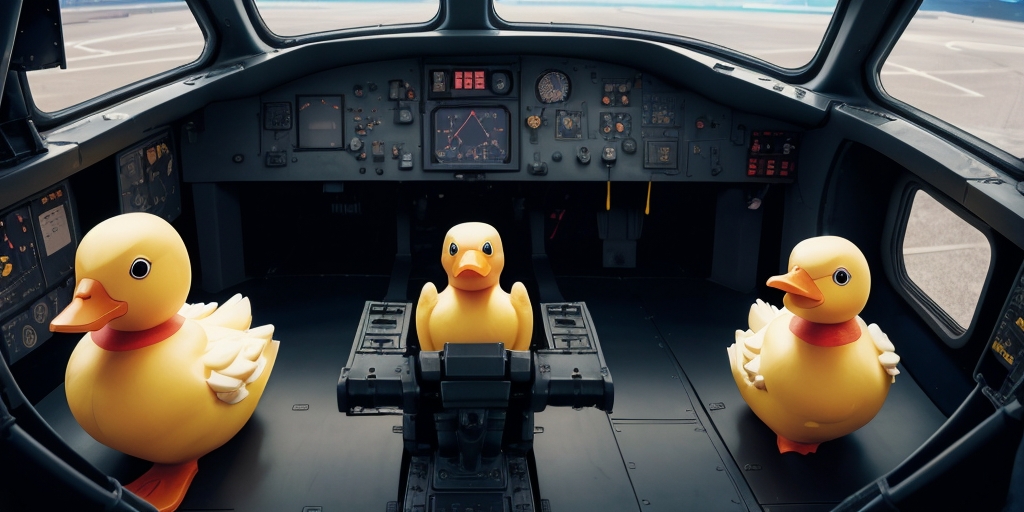
- Clothes and trash are examples.
- Just toss the item towards their destination.
When an item doesn’t have a home, it goes into the “Lost and Found.”
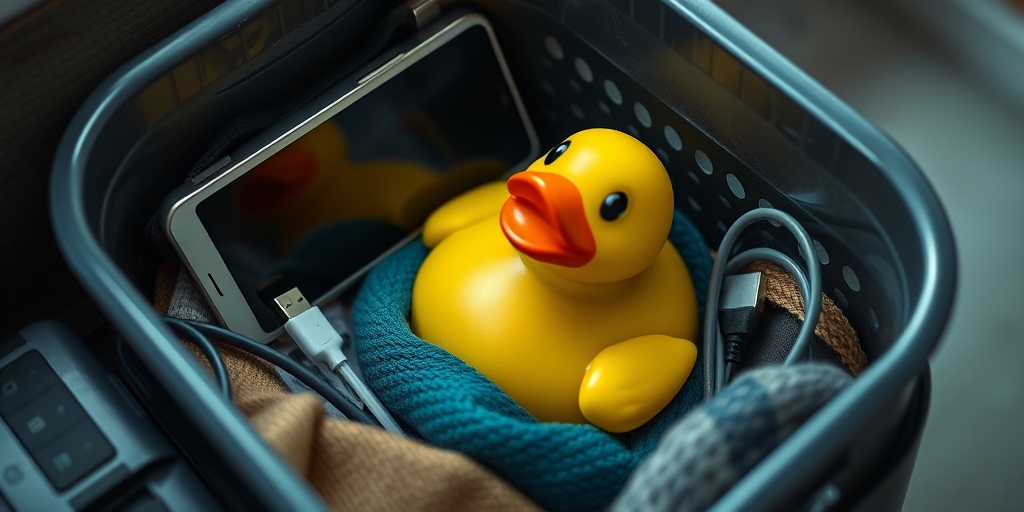
- These items can be retrieved later and put in transit once they have a home.
Every item has gravity that attracts related items.

- For example, DVDs enjoy being with other DVDs, as well as game controllers, remote control, etc.
- These will orbit the TV.
- Just like gravity, items drift to their preferred place of orbit.
- An item’s orbit suggests its home.
A mass of disordered items in one place is called a Gemba.
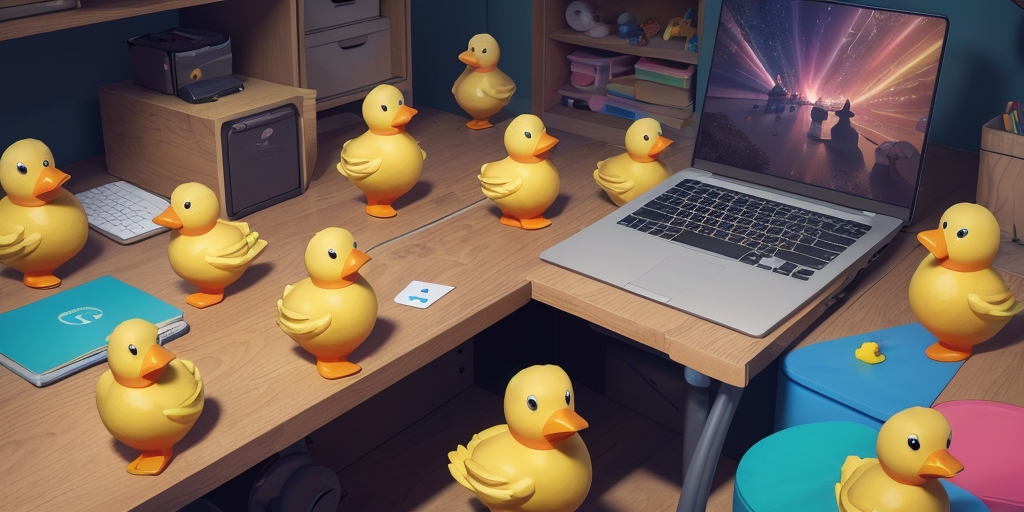
- At a Gemba, items are sorted by their gravity, boarded onto a bus to send home, or moved home.
- Busses are set for departure.
- A Gemba is a temporary transit hub. When leaving a Gemba, busses can go to their next stop.
- A Gemba is closed out when most items have been sorted.
The room is organized once most items are at home and no longer in transit.
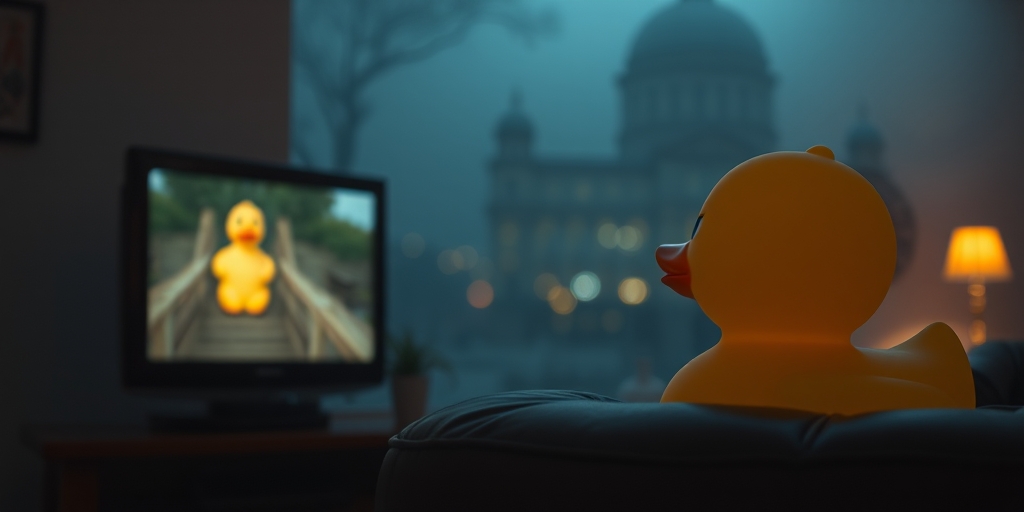
- Time to relax.
Supplies
| Item | Where to buy | Notes |
|---|---|---|
| Banker Boxes | https://a.co/d/1G5VdVU | For bussing and storing bulkier items like clothing. |
| 9 x 6 x 4 inch boxes | https://a.co/d/2W5qjHd | For bussing and storing smaller items. These can be converted to be open-top. |
| White Acrylic Markers | https://a.co/d/hClAe4y | For clear labeling on a colored Post-It. |
| Post-Its | Various | For labeling items stored at rest. Items in transit do not go into labeled boxes. |
Tips and Tricks
- Generally, boxes with open tops work better for busses.
- Boxes with lids work better for homes, since they can be stacked to save space.
- A bus can be converted into a home by adding a label, and then parking it.
Take Five
To overcome inertia from a large work pile, it can help to use a “Take Five” approach. Instead of processing the load at once, select five items to be processed / loaded on buses / offloaded / sent home.
This makes the work discrete rather than continuous, lowers the threshold for getting things done, and enables processing things out of order.
Knolling
In a disordered state, it can be hard to see items individually and properly assess where they need to go. Knolling is the act of arranging items at 90 degrees, spaced evenly. This can help indicate that an item is at home and at rest, while also revealing items that are out of place. As such, knolling is a method to surface the items that need to be put in transit.
Transportation is a Cost
Organizing isn’t free. Time is the universal cost to create and maintain any state of existence. On a more granular scale, transportation is the cost, because it requires time, physical movement, and physical space for the vessel of transport. In lean manufacturing, unnecessary transportation is considered a fundamental waste. A screw is considered to be in transit until it’s fully driven into the part.
Transportation must be reduced in order to maintain a state of organization.
- Place high-use items out in the open.
- Archive low-use items and at the edges of living space, so that they don’t impede movement and traffic.
- Maximize busses, minimize pedestrians.
- You may downsize, as detailed below.
Downsizing
- The major risk of downsizing is regret.
- Don’t downsize items where the risk is greatest.
- One trick to overcoming a sense of loss is to take a photo of an item before discarding, especially if the item is materially worthless.